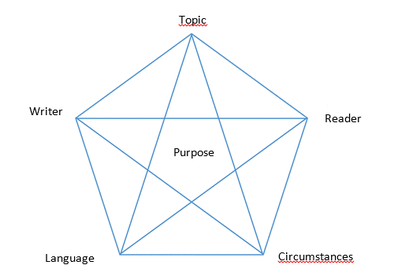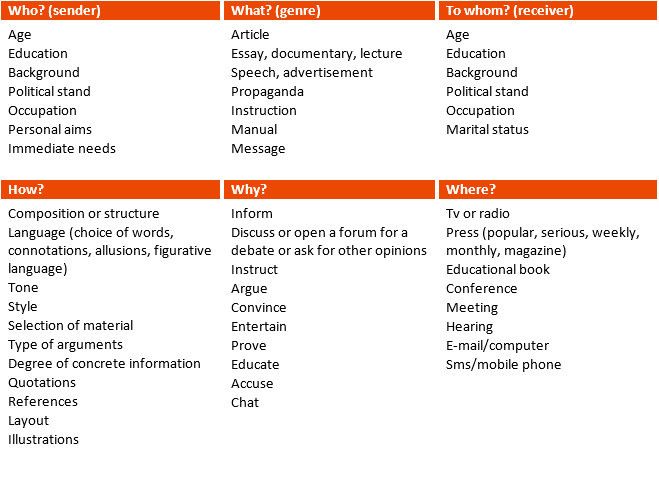|
Viby Gymnasiums skriveportal er udformet af lærere på skolen.
Der er i udformningen af materialet hentet inspiration fra forskellige faglige kilder. Skulle vi have glemt henvisning, eller have fejlciteret, er man velkommen til at kontakte os. |
Materialet må i sin nuværende form frit anvendes af andre uddannelsesinstitutioner med kildeangivelse, så længe at materialet ikke fjernes fra vores web-portal.
Har du kommentarer til portalen, kan du skrive til octavius@vibygym.dk |


